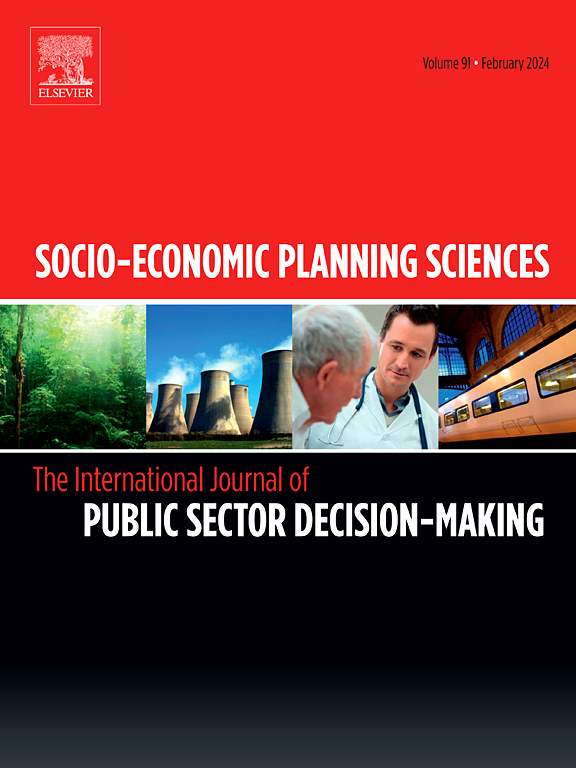Predicting radiology service times for enhancing emergency department management
IF 6.2
2区 经济学
Q1 ECONOMICS
引用次数: 0
Abstract
Emergency departments (EDs) are increasingly challenged by overcrowding, resource shortages, and rising demand for care, which compromise operational efficiency and service quality. In response, machine learning (ML) is emerging as a powerful tool for ED management, offering predictive models to enhance real-time decision-making and optimize workflows.
This research aims to develop an ML-based system to predict service times for X-ray examinations in real-time – the most frequently conducted diagnostics in EDs. Using a dataset of 50,070 x-ray exams from a medium-sized ED, the model incorporates patient characteristics, radiology conditions, and ED status to estimate service times from prescription to report release. A comparative analysis of ML techniques identified Gradient Boosting as the most accurate approach. Additionally, feature importance and SHAP analysis revealed key factors influencing X-ray service times.
The developed system has the potential to provide ED managers with early warnings of potential delays or critical situations in the radiology unit, enabling proactive interventions and improving patient management.
求助全文
约1分钟内获得全文
求助全文
来源期刊

Socio-economic Planning Sciences
OPERATIONS RESEARCH & MANAGEMENT SCIENCE-
CiteScore
9.40
自引率
13.10%
发文量
294
审稿时长
58 days
期刊介绍:
Studies directed toward the more effective utilization of existing resources, e.g. mathematical programming models of health care delivery systems with relevance to more effective program design; systems analysis of fire outbreaks and its relevance to the location of fire stations; statistical analysis of the efficiency of a developing country economy or industry.
Studies relating to the interaction of various segments of society and technology, e.g. the effects of government health policies on the utilization and design of hospital facilities; the relationship between housing density and the demands on public transportation or other service facilities: patterns and implications of urban development and air or water pollution.
Studies devoted to the anticipations of and response to future needs for social, health and other human services, e.g. the relationship between industrial growth and the development of educational resources in affected areas; investigation of future demands for material and child health resources in a developing country; design of effective recycling in an urban setting.
 求助内容:
求助内容: 应助结果提醒方式:
应助结果提醒方式:


